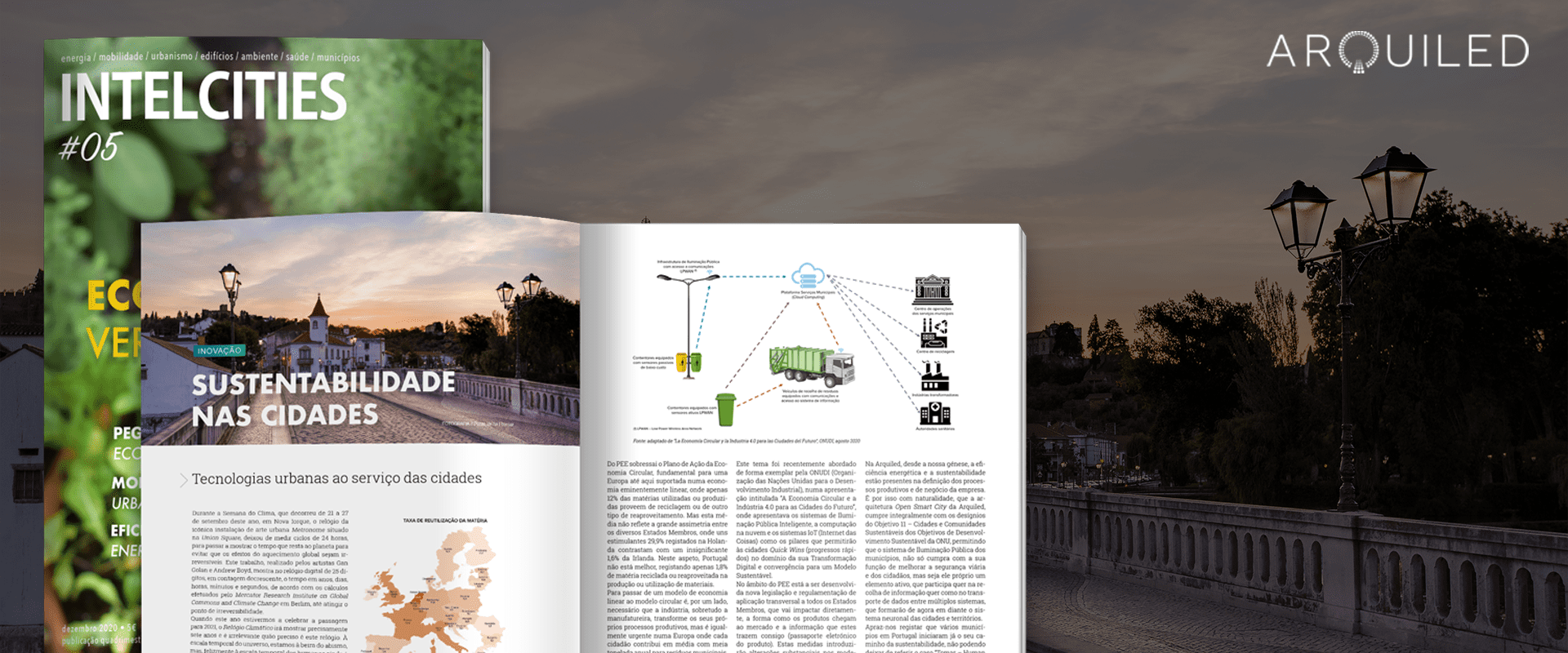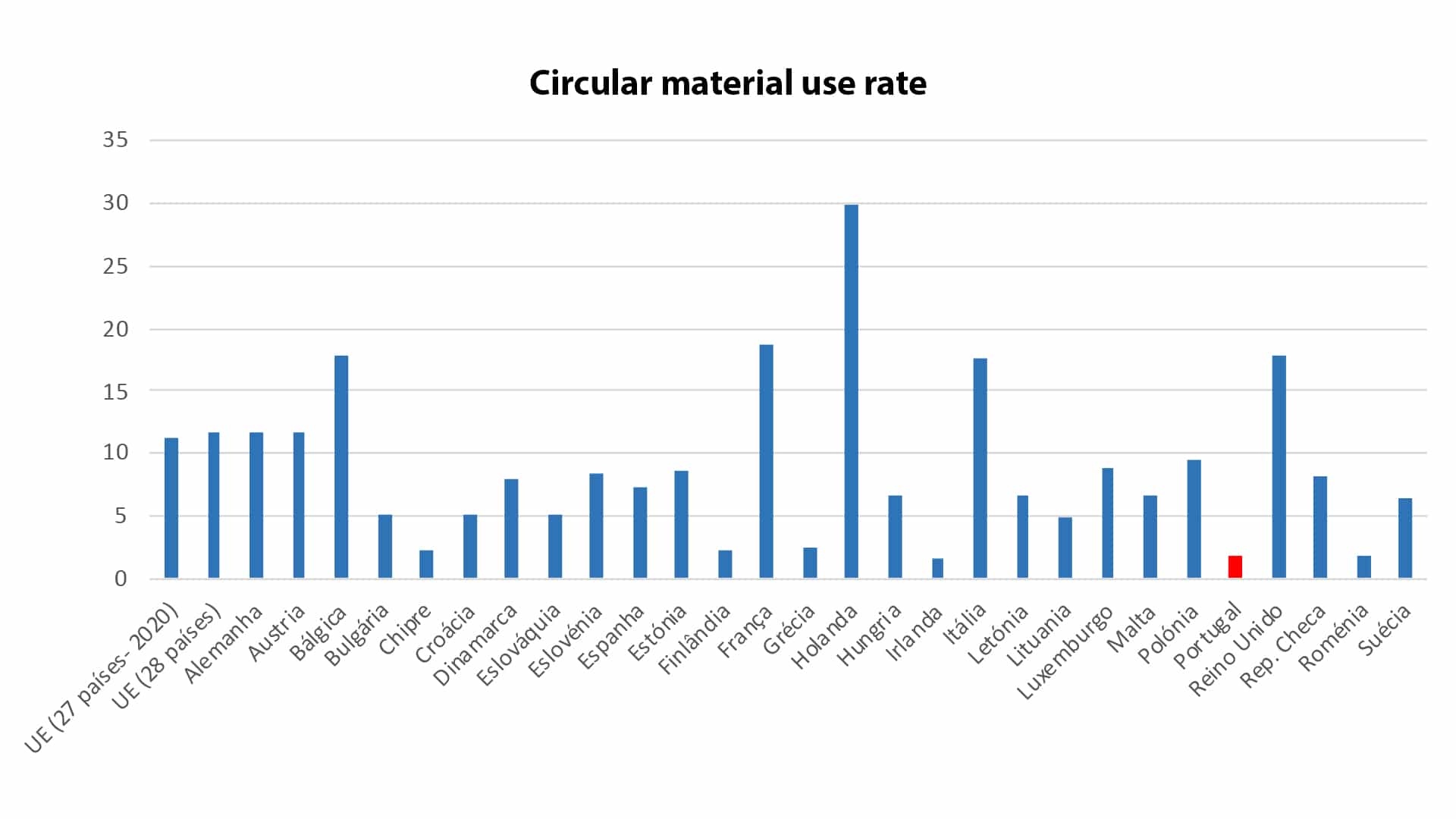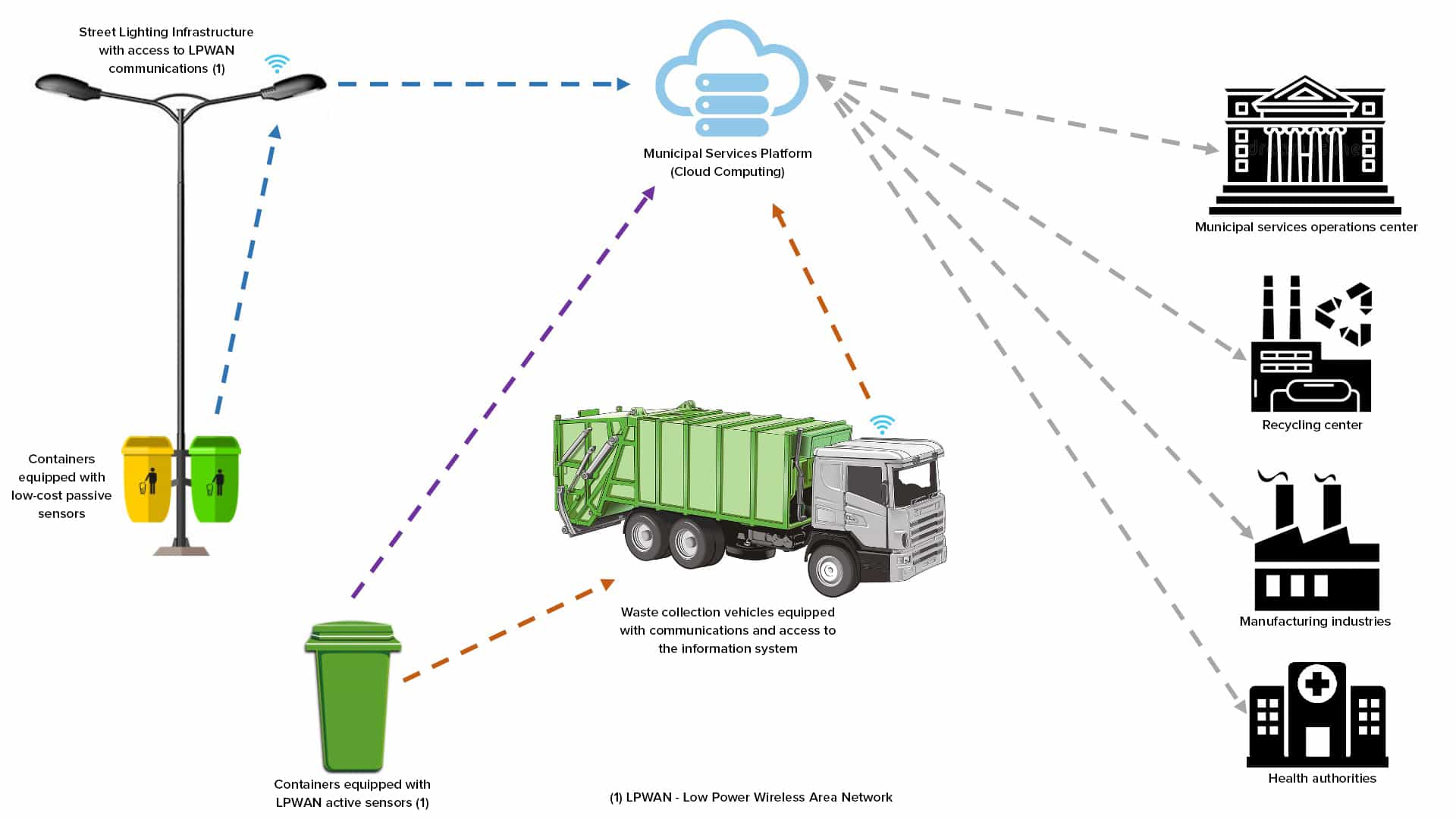
Urban technologies for cities’ sustainability
Municipalities will be the privileged actors in the transition to a circular economy and Arquiled's Open Smart City architecture can help them pave the way to a more sustainable future.
This article was originally published in the December 2020 print edition of IntelCities.
During Climate Week, which took place from September 21st to 27th of 2020, in New York, the clock of the iconic urban art installation “Metronome” located in Union Square, stopped measuring 24-hour cycles, to start showing the time that it remains for the planet to prevent the effects of global warming from being irreversible. This work, performed by the artists Gan Golan and Andrew Boyd, shows the time in years, days, hours, minutes, and seconds on the 25-digit digital clock, according to the calculations made by the “Mercator Research Institute on Global Commons and Climate Change” in Berlin, until it reaches the point of irreversibility.
On New Year’s Eve, the Climate Clock will show precisely seven years and it is irrelevant how accurate this watch is. At the time scale of the universe, we are on the edge of the abyss, but, fortunately at the time scale of humans, it is still possible to reverse the situation …, however action is urgently needed.
Europe is leading this movement which aims to reverse the current situation. By the end of 2019, by the initiative of the European Commission it was proposed an ambitious program – The European Green Deal, which is an integral part of the strategy of this Commission to implement the Agenda 2030 and achieve the United Nations Sustainable Development Goals. The European Climate Pact (ECP) establishes, through 50 measures, a socially inclusive path that cooperatively links all Member States, with the aim of transforming the EU economy and making Europe the first region to achieve carbon neutrality in 2050.
In this context, the cities transformation is essential, as urban settlements represent more than 70% of greenhouse gas emissions and contribute about 70% of waste.
The Circular Economy Action Plan stands out from the ECP, fundamental for a Europe hitherto supported by an eminently linear economy, where only 12% of the materials used or produced come from recycling or another reuse. But this average does not reflect the great asymmetry between the different Member States, where a stimulating 29.9% registered in the Netherlands contrasts with an insignificant 1.6% in Ireland. In this respect, Portugal is no better, registering only 1.8% of recycled or reused material in the production or use of materials.

To move from a linear economy model to a circular model, it is necessary, on the one hand, for industry, especially manufacturing, to transform their own production processes, but it is equally urgent in a Europe where each citizen contributes on average half a ton per year to municipal waste, that municipalities implement incentive programs and efficient systems for domestic waste collection and treatment. For this transformation to take place, it is not sufficient to segregate waste, increase the number of deposit sites or increase the fleets. It is necessary to support the entire chain value, from the producer (citizen) to the storage location where each “waste unit” will start a new life cycle, with an information system powered by all actors (citizens, containers, vehicles collection, municipal services, among others) of the process.
This subject was recently addressed in an exemplary manner by UNIDO (United Nations Industrial Development Organization), in a presentation entitled “Circular Economy and Industry 4.0 for the Cities of the Future”, where it presented Smart Street Lighting systems, cloud computing, and IoT systems as the pillars that will allow cities’ Quick Wins in the field of their Digital Transformation and convergence towards a Sustainable Model.
Within the scope of the ECP, new legislation and regulation is being developed that apply across all Member States, which will directly impact the way products reach the market and which information it brings with it (electronic product passport). These measures will introduce substantial changes to the Public Procurement models, valuing manufacturers that adopt product-as-a-service models and favoring products from manufacturers that do not exempt themselves from the destination of the product, after the sale, and whose products can be repaired, recycled, or incorporated into new products after their end of life.
The Municipalities will thus be privileged actors in this paradigm shift, which, as we have already seen, does not have much room for maneuver to procrastinate.

In Arquiled, since the very beginning, energy efficiency and sustainability have been present in the definition of the company’s productive and business processes. That is why it is natural that Arquiled’s Open Smart City architecture fully complies with the purposes of Objective 11 – Sustainable Cities and Communities of the UN Sustainable Development Goals, allowing the street lighting system not only to comply with its function to improve road and citizen safety, but be an active element in it, which participates both in collecting information and in the transmission of data across multiple systems, which will now form the neuronal system of cities and territories.
We are pleased to notice that several municipalities in Portugal have already started their path of sustainability and cannot fail to mention the case of “Tomar – Human Smart City”, for its scope, where Street Lighting, Water Quality system, Air Quality system, Flood System, among others participate in a centrally managed Information Ecosystem that will soon receive a new “tenant” – the Municipal Waste Management system.
The road is still long, but several municipalities have been showing that the future has already started and there is still time to stop the Climate Clock.





